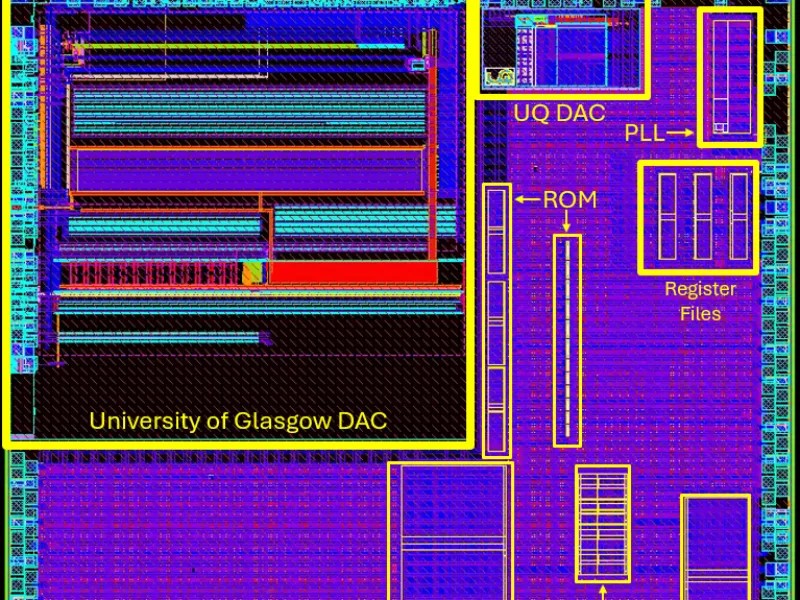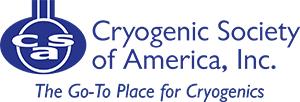 In the race to unlock the full potential of quantum computing, recent breakthroughs in cryogenic CMOS technology are paving the way for a new era of computational power. At the forefront of this frontier are pioneering efforts by Semiwise and SureCore, in collaboration with Cadence Design Systems, aimed at overcoming critical challenges in developing circuits that operate at near absolute zero temperatures.
In the race to unlock the full potential of quantum computing, recent breakthroughs in cryogenic CMOS technology are paving the way for a new era of computational power. At the forefront of this frontier are pioneering efforts by Semiwise and SureCore, in collaboration with Cadence Design Systems, aimed at overcoming critical challenges in developing circuits that operate at near absolute zero temperatures.
Central to these advancements is the development of robust transistor models by Semiwise specifically designed for extreme cryogenic environments. These models, rigorously calibrated using cryogenic measurements, ensure the reliability and accuracy required for CMOS circuits to function effectively at temperatures as low as -196°C. Such precision is pivotal in maintaining stable operations of quantum systems, where even the slightest deviation can disrupt qubit coherence, a fundamental aspect of quantum computing.
SureCore, on the other hand, has tackled the crucial issue of power efficiency and reliability in cryogenic settings with their low-power SRAM cells. These cells, optimized to operate seamlessly from 77K down to near absolute zero, form the backbone of memory storage in quantum computers. By re-characterizing both standard and IO cell libraries for cryogenic temperatures, SureCore has provided a crucial building block for the industry-standard RTL to GDSII physical design flow, essential for scaling up quantum computing systems.
The collaboration between Semiwise, SureCore, and Cadence Design Systems represents a pivotal milestone in the Innovate UK-funded CryoCMOS project. This initiative not only addresses the technical challenges of operating at extreme temperatures but also sets a foundation for increasing the computational capabilities of quantum computers. The recent tapeout of the first 22FDX SRAM cryogenic memory by SureCore signifies a tangible step towards validating these advancements in a practical setting, demonstrating the feasibility of re-characterized standard cells and embedded memory IP for cryogenic operation.
Beyond technological prowess, this collaborative effort underscores the spirit of innovation and cooperation within the semiconductor industry. Agile Analog and Siemens EDA’s contributions further highlight the collective commitment to pushing the boundaries of quantum computing technology.
As we look ahead, these developments hold promise for revolutionizing industries reliant on complex simulations and data analysis. From pharmaceutical research to financial modeling, the ability to harness quantum computing’s potential could usher in a new era of innovation and discovery. With each advancement in cryogenic CMOS technology, we inch closer to unlocking quantum computing’s full transformative power, poised to tackle humanity’s most pressing challenges in ways previously unimaginable.
Image: Semiwise and sureCore in the UK have used the Spectre tool from Cadence Design Systems to overcome critical challenges in developing cryogenic CMOS circuits for quantum computer systems. Credit: eenewseurope.com
Source: eenewseurope.com


